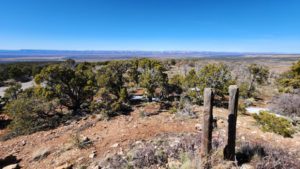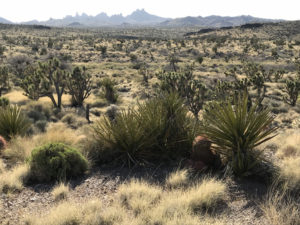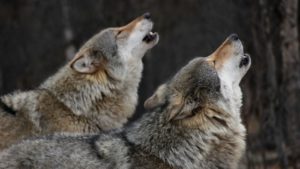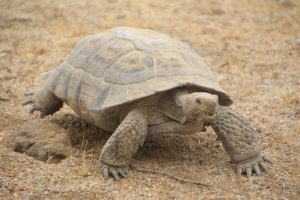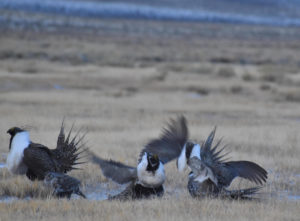More compelling science indicating livestock production significantly contributes to climate change. (Emphasis added) :
American Geophysical Union
2008 Fall MeetingThe GHG and Land Demand Consequences
of the US Animal-Based Food ConsumptionMartin, P A Dept. of Geophysics, 5734 S. Ellis Ave., Chicago, IL 60637, United States
Eshel, G Bard College, PO Box 5000, Annandale, NY 12504-5000, United States
Abstract: While the environmental burdens exerted by food production are addressed by several recent publications, the contributions of animal-based food production, and in particular red meat—by far the most environmentally exacting of all large-scale animal-based foods—are less well quantified. We present several simple calculations that quantify some environmental costs of animal- and cattle-based food production. First, we show that American red meat is, on average, 350% more GHG (greenhouse gas) -intensive per edible calorie than the national food system’s mean. Second, we show that the per calorie land-use efficiencies of fruit and beans are 5 and 3 times that of animal-based foods. That is, an animal-based edible calorie requires the same amounts of land as 5 fruit calories or 3 bean calories. We conclude with highlighting the importance of these results to policy makers by calculating the mass flux into the environment of fertilizer and herbicide that will be averted by reducing or eliminating animal-based foods from the mean US diet. This also enables us to make preliminary quantitative statements about expected changes to the size and probability of Gulf of Mexico anoxic events of a certain O2 depletion levels that are likely to accompany specific dietary shifts.
You can do your part with a New Year’s Resolution to eliminate or significantly reduce your consumption of red meat – it’s not hard, and it’s good for the natural environment.

